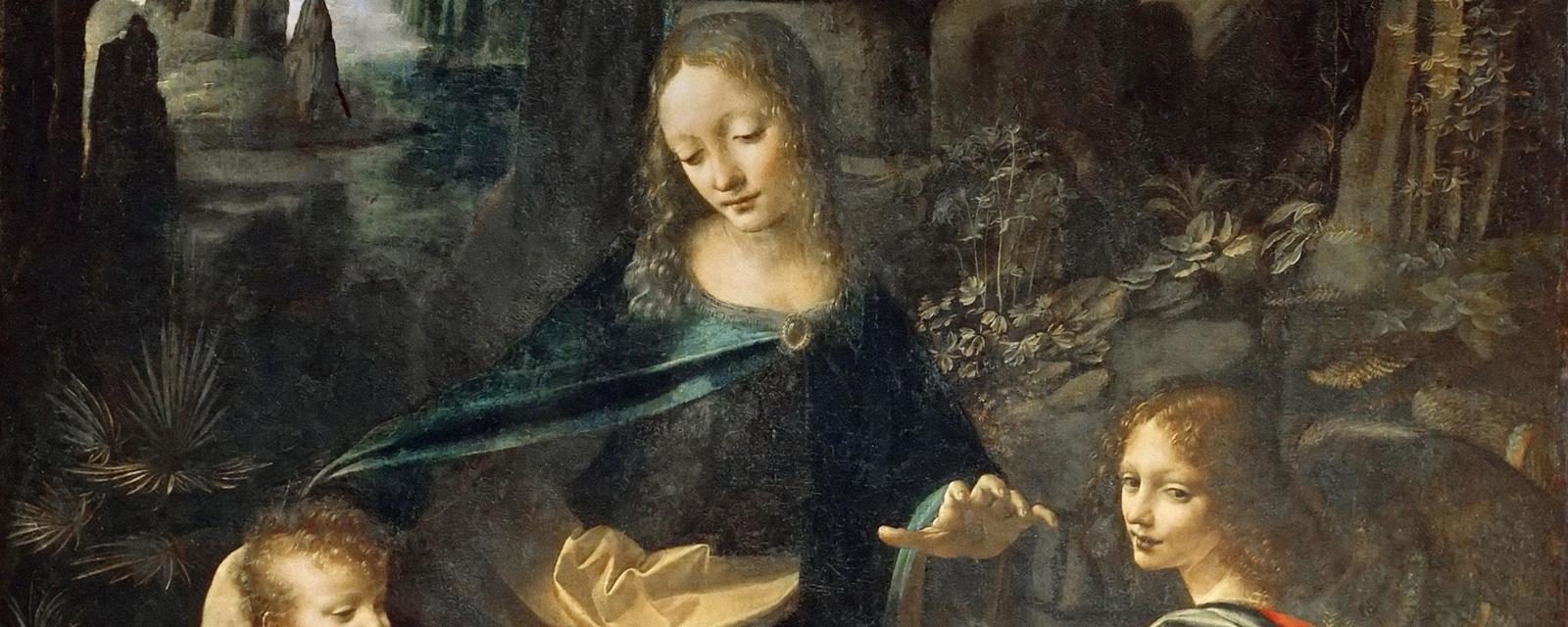
Hiding in plain sight in both paintings is a small and previously overlooked detail that, once spotted, transforms the scene into something more complex and controversial than the vision of a sacred creche, watched over tenderly by the Virgin Mary and the archangel Uriel. They become subversive statements that challenge the Church's conception of the creation of the world. No, I'm not alluding to Uriel's sharp, shiv-like finger in the Louvre version (removed in the later painting), which Dan Brown sensationally claims, in his novel The Da Vinci Code, isn't pointing to John but slicing the neck of an invisible figure, whose phantom head Mary grips like a bowling ball in the splayed fingers of her outstretched left hand.
Comment: Just because Dan Brown interprets something incorrectly that doesn't mean that there isn't something to interpret. Evidently Da Vinci radically changed the later painting and there is likely a good reason he took 13 years to do so.
The element to which I'm referring does not feature in any conspiracy theory, and indeed is evident for all to see. It appears, slightly transformed from version to version, just above Mary's right hand: the seemingly innocuous palm tree, whose flaring fronds (especially crisp in the earlier Louvre version) are fashioned in such a way as if to echo precisely the contours of an open scallop shell.
To appreciate just how surprising and provocative this complex symbol is - an Alpine palm tree doubling as a displaced scallop shell - we must first remind ourselves of the backstory of Leonardo's vision, which pulses with a strange subterranean poetry all its own. Though very different in temperature and tone, the two paintings share the same basic composition.
Set in a clammy mountain recess, the works are based not on a passage in the Bible but on a popular apocryphal tradition that imagined Jesus and John meeting by chance as infants while fleeing the Massacre of the Innocents (the execution of all male children in and around Bethlehem, as ordered by Herod the Great), decades before John would baptise Jesus as an adult. Clustered into a pyramid, the works' four figures - Jesus, John, Mary, and Uriel - huddle against a ragged snarl of soaring rock formations, perched beside a still pool that separates us from them.
Whether the rocky portrayal is what the Confraternity of the Immaculate Conception in Milan would have wanted when it commissioned Leonardo to create a central panel for its altarpiece in 1483, is doubtful. Rather than elevating and enthroning the mother and child among a choir of angels, as was expected, Leonardo fossicks from the depths of his imagination a grotty and comfortless grotto.
So overwhelming is the primordial backdrop, the paintings are at risk of appearing more about the ancient architecture of time-chiselled crags than the miracle of Christ's arrival and survival in a perilous world. That Leonardo, moreover, seems to have neglected to include any conspicuous allusion to the doctrine from which the Confraternity derives its name (that the Virgin Mary, like Christ himself, was conceived 'immaculately' and without sin), has confounded observers of the works.
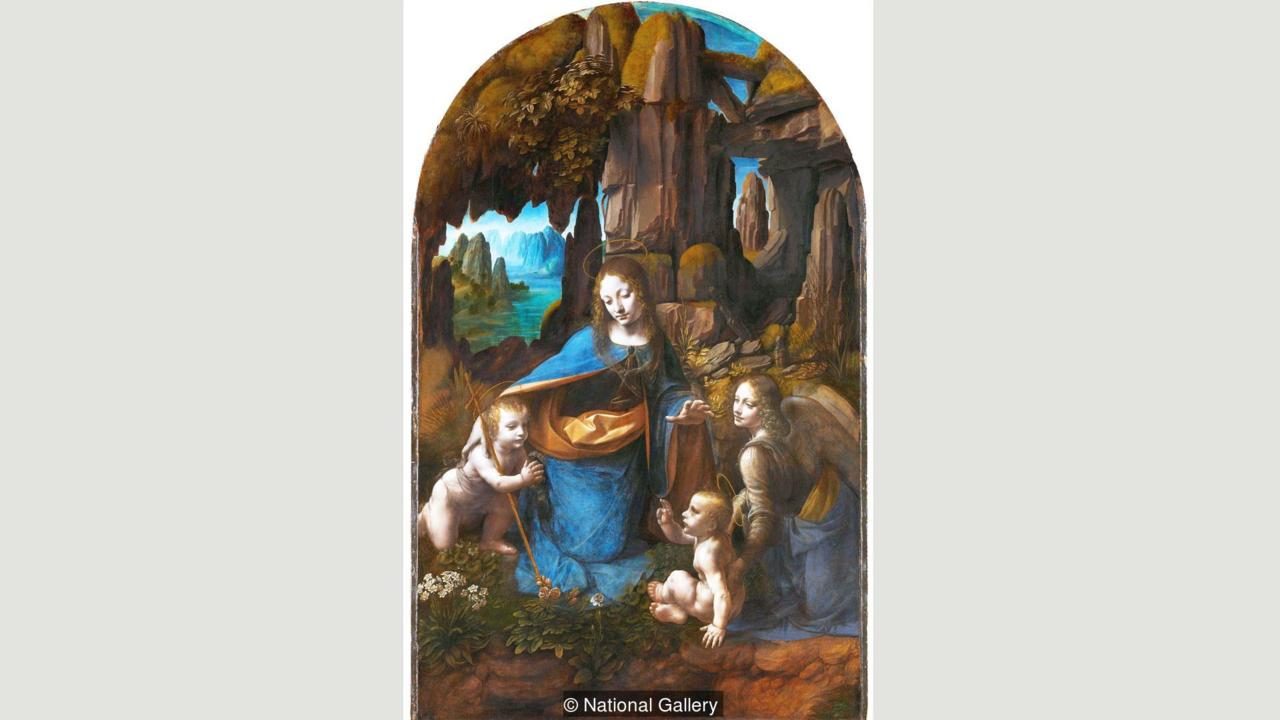
Impelled to enter, Leonardo's curiosity was repaid by the discovery inside of a fossilised whale and a horde of ancient seashells whose engrossing geometric grooves he would memorialise in the pages of his notebooks.
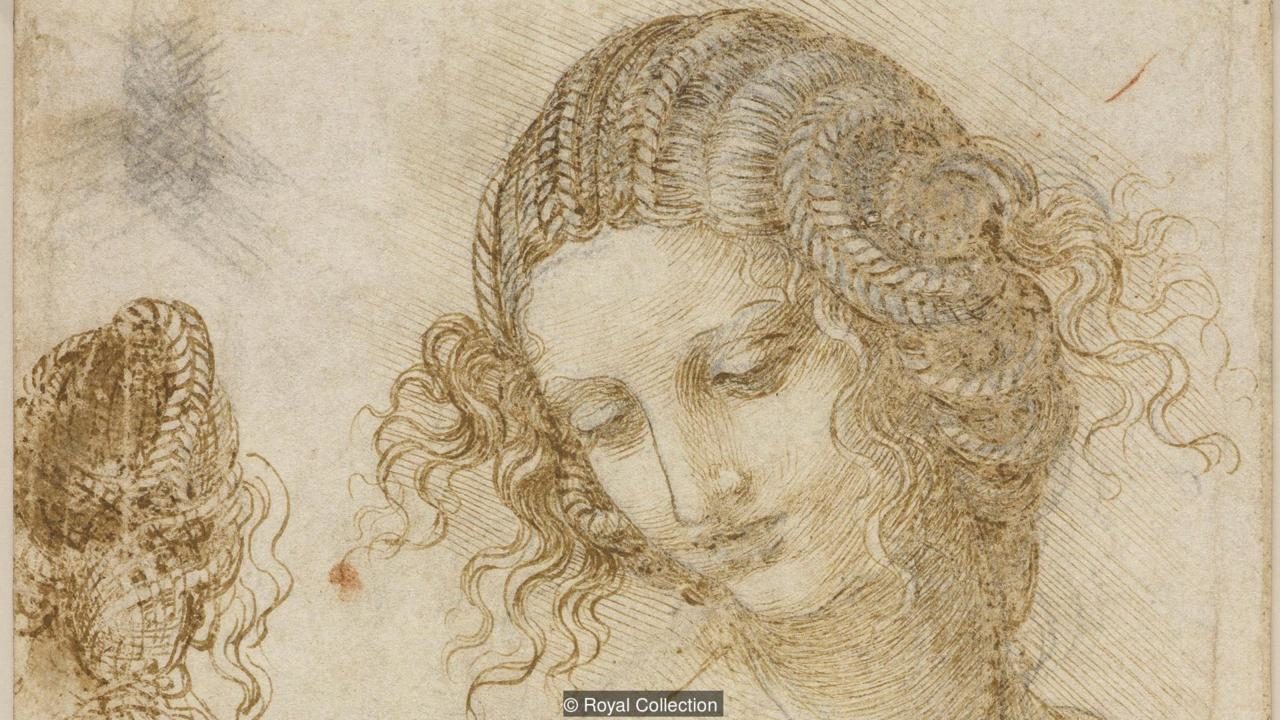
Seashells in mountains were proof, Leonardo came to believe and confided to his journal, that Alpine peaks were once the floors of seas. And the Earth was therefore much older and far more haphazardly fashioned by violent cataclysms and seismic upheavals over a vast stretch of time (not the smooth hand of God in a handful of days) than the Church was willing to admit.
Fossils and flora
We know from a remark Leonardo makes in his notebooks that the riddle of seashells cropping up incongruously on mountaintops was fresh in his mind just prior to his undertaking work on the first version of the Virgin of the Rocks in 1483. Recalling an incident from the year before, when the artist was designing a never-completed equestrian statue for the Duke of Milan Ludovico il Moro, he writes: "When I was making the great horse for Milan, a large sack full [of shells] was brought to me in my workshop by certain peasants; these were found in [the mountains of Parma and Piacenza] and among them were many preserved in their first freshness."
The fact that Leonardo was preoccupied with the puzzle of seashells on mountains at the very moment that he began to conceive the Virgin of the Rocks is crucial to our interpretation of his paintings. His fascination with the shells' displacement sheds intriguing light on how his mercurial imagination might craft the double entendre of a scallop-shaped palm tree, like the one that bristles to the left of Mary, just above John's head.
Leonardo was a dab hand at inserting iconographically meaningful flora in his works; the primrose we see beneath the hand that Christ raises to bless John, for example, would have been recognised by contemporaries as an emblem of the saviour's sinlessness. Taken at face value, the palm could likewise easily be dismissed as nothing more than a simple and straightforward foreshadow of the palm fronds that will be thrown before Christ on his entry into Jerusalem on the Sunday before his crucifixion.
But Leonardo never works on a simple or straightforward level. To scan his notebooks is to witness time and again one image morphing effortlessly into another - the spiral of a nautilus shell spinning into a woman's coiffure. It would not have been lost on him that the palms that radiate outwards in the tree's flaring fans are identical to the spokes found inside a scallop shell - a symbol associated not only with Mary, but specifically with the doctrine of her Immaculate Conception.
A painting by the Italian master Piero della Francesca, a contemporary of Leonardo's, executed a decade before Leonardo began working on the Virgin of the Rocks, illustrates the well-established connection between Mary and the scallop. In the so-called Brera Madonna, a shell-like dome hovers protectively in the apse behind Mary while a pearl-like egg dangles down, completing the iconography and suggesting that Mary's fertility is as miraculous as the mystical manufacturing of pearls, which were then thought to grow supernaturally from a drop of purest dew.
Where, you might reasonably ask, is the pearl in the Virgin of the Rocks, if the palm tree is really a double-sign that merges into the symbolism of a pearl-bearing scallop? In fact, Leonardo has given us 20. At the precise centre of both paintings, glinting at us underappreciated for half a millennium, is a polished brooch that keeps Mary's cloak from slipping off her shoulders. Surrounding the central stone in that clasp is a halo of 20 dazzling pearls. If you doubt that this clutch of sparkling seastones is intended to be connected with the palm/scallop that yawns an arm's length away, follow the trajectory of Mary's outstretched cloak hem, which leads our eyes directly from the constellation of pearls to the open palm of the scallop.
When it came time for Leonardo to revisit the subject for the second version (perhaps because of a dispute with the Confraternity over compensation, prompting the artist to sell the initial painting for more money to another buyer), every type of plant initially depicted in the Paris painting is replaced with another kind of foliage. Except for the palm tree. Though simplified and more stylised in the later painting, the palmate fronds in fact come to resemble even more closely the fluted grooves that radiate from the hinge of a scallop. The decision to equip the infant John the Baptist with a cross (whether taken by Leonardo himself or by a later artist, as some scholars believe), only amplifies the profile of the palm within the narrative of the London painting. The collision of the tilting cross with the palm, against which it appears to rest, prefigures the brutal bolting of Christ's own palms onto the cross during crucifixion.
What does all this mean to how we read the pair of masterpieces that are the Virgin of the Rocks? The claim here that Leonardo was capable of sculpting a complex and ambiguous symbol with competing meanings is hardly revelatory. His was an incorrigibly unifying imagination that perceived correspondences of form where others would be likely only to see difference and discord. But merging a palm tree with a scallop shell in a mountain cave is much riskier in its religious implications than conflating the nautilus shell with an elaborate hairdo. By secreting within his paintings an allusion to the heretical contention that seashells found in rocky mountain landscapes are evidence that the Church's teachings on the creation of the Earth were wrong-headed and superstitious, Leonardo left himself and his work vulnerable to charges of heresy. (When the French inventor Bernard Palissy made similar observations publically a century later, he was violently denounced.)
Leonardo's determination to create such a subversive symbol (not once, but twice) suggests just how important it was for him to bear witness, however subtle or encoded, to the beautifully blasphemous truth of nature. The easily overlooked scallop/palm, crouching quietly in the shadowy margins of the works, transforms his masterpieces into subversive ruminations on the Earth's geological evolution - the cold and icy predicament in which we all find ourselves stranded and desperate for a soul-salvaging miracle.
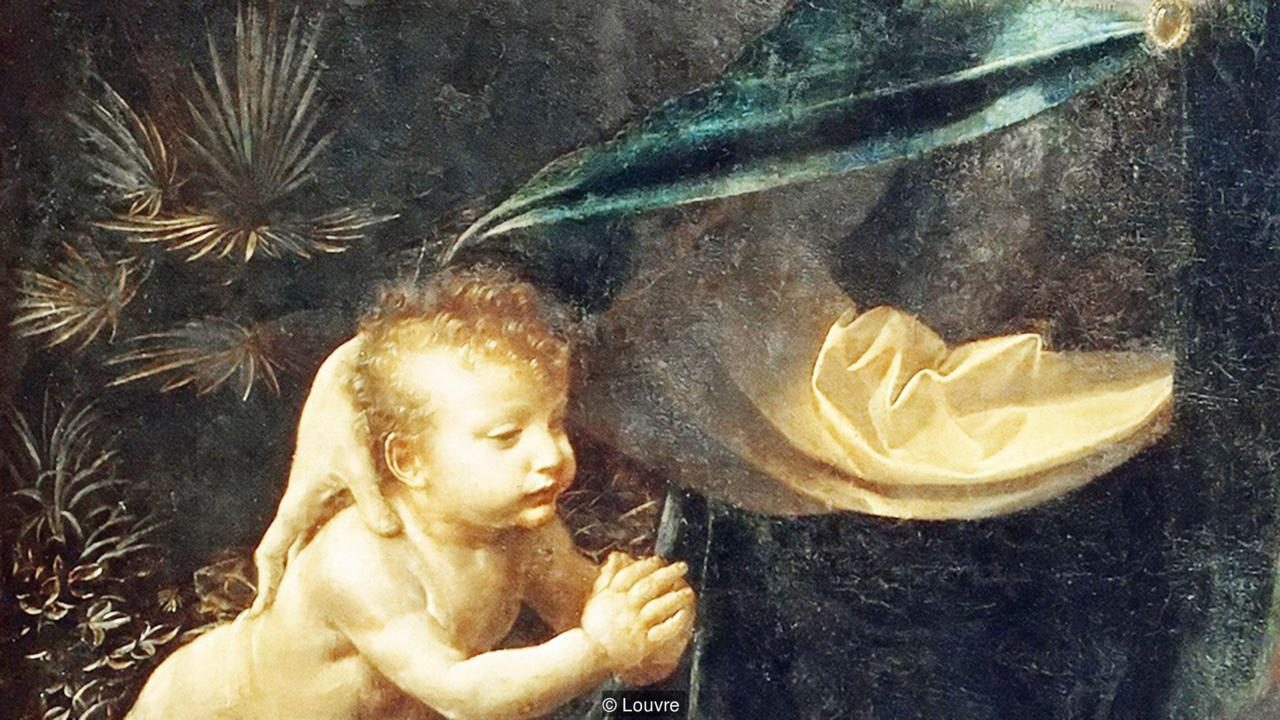
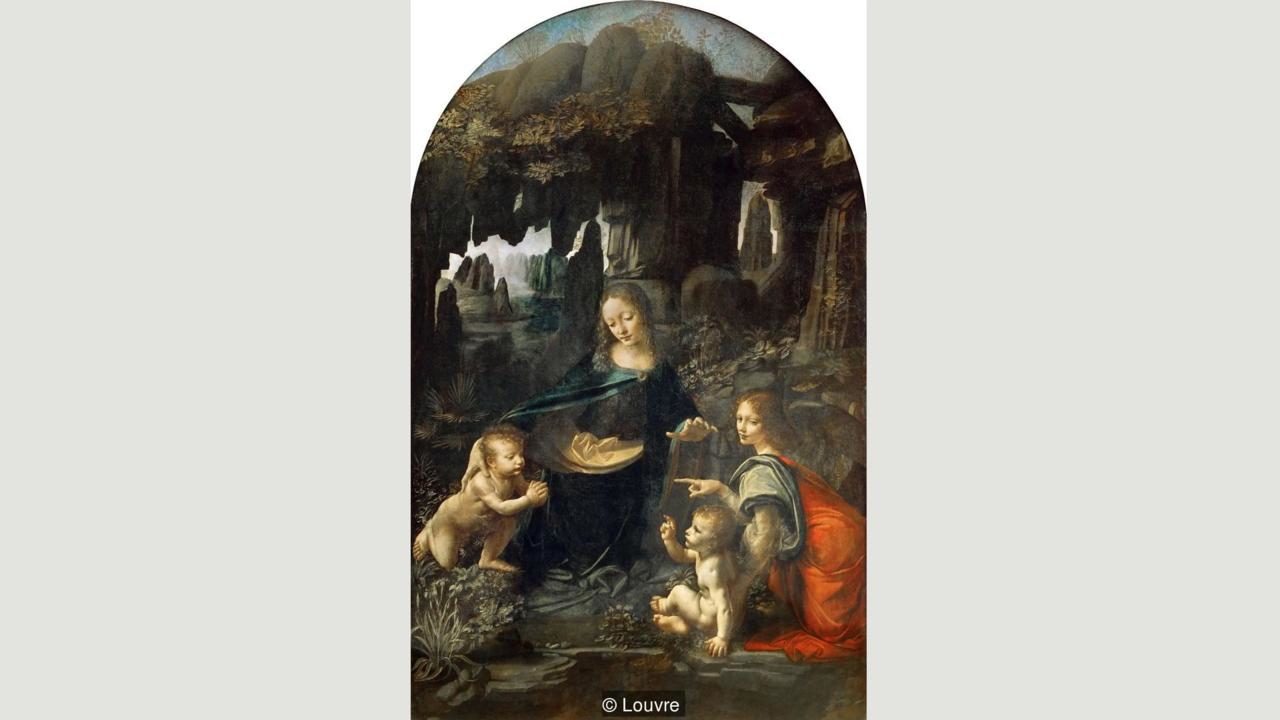
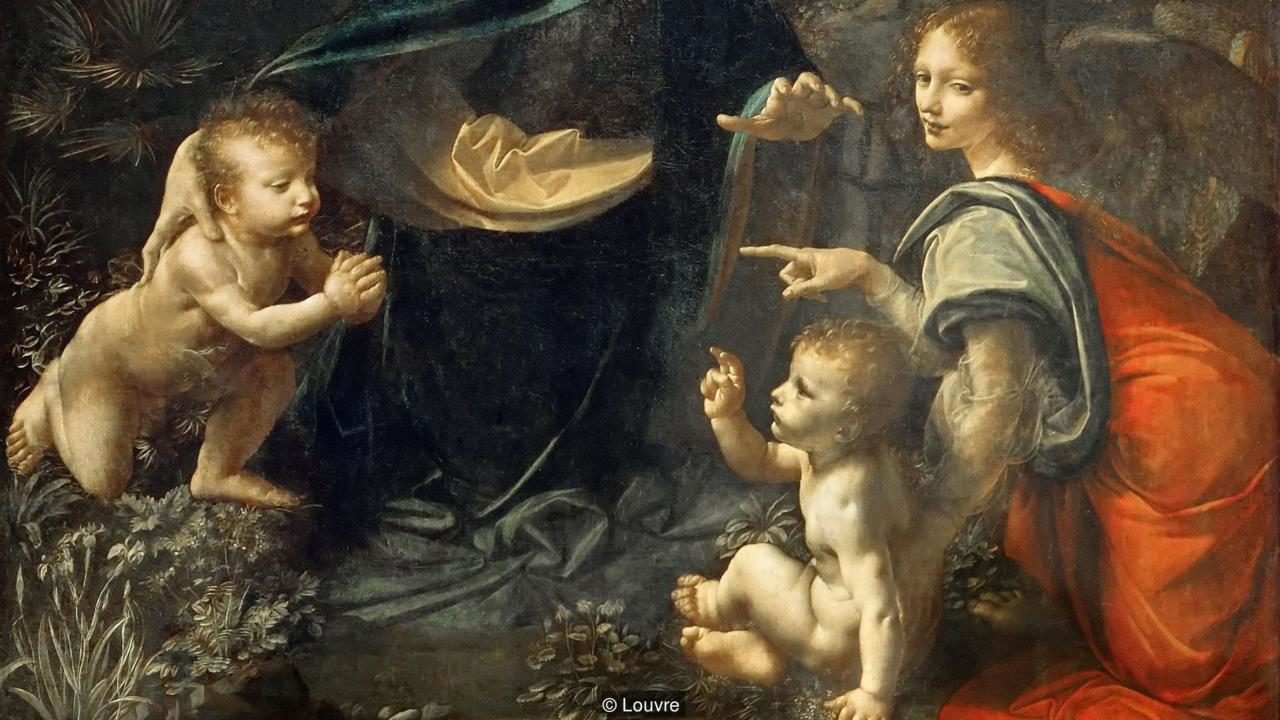
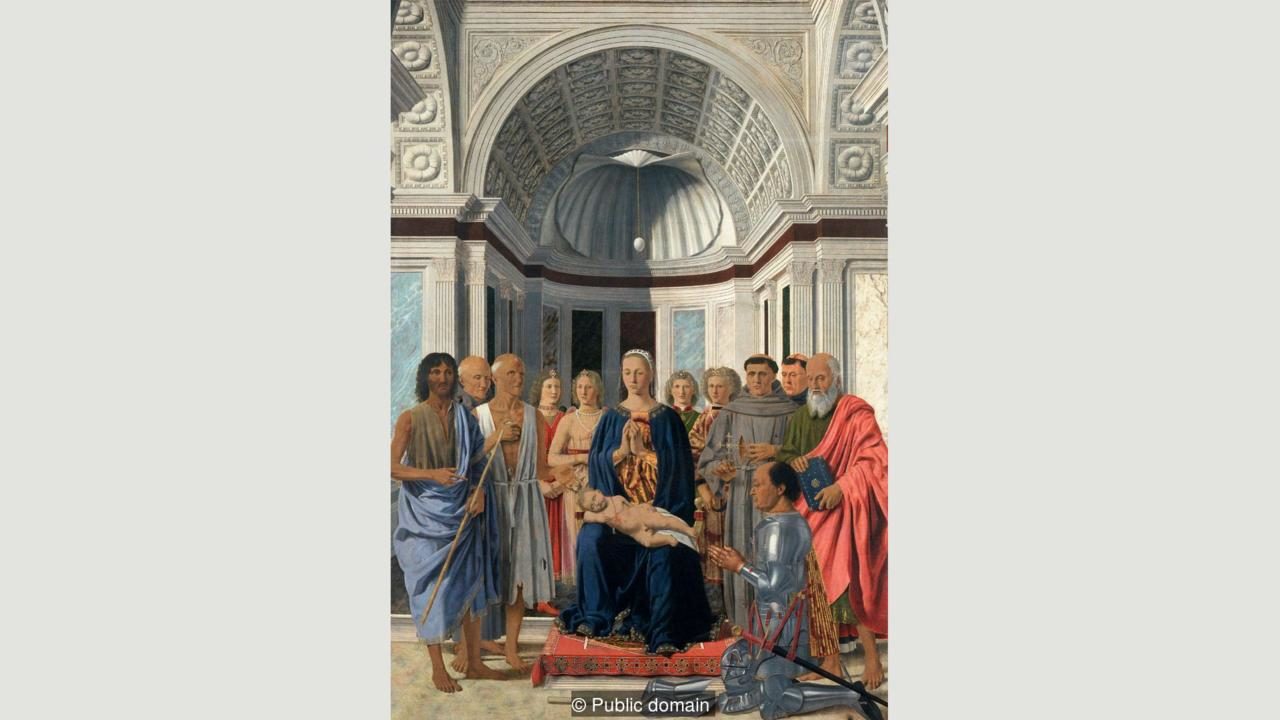



Comment: For fascinating insight on Da Vinci and what he was encoding in his work check out the link in the comment of: The mystery of Leonardo's two Madonnas
See also:
- Of Flash Frozen Mammoths and Cosmic Catastrophes
- The Golden Age, Psychopathy and the Sixth Extinction
And be sure to check out SOTT radio's: